 |
| Overview of the Forum "Regional linkage in economic development to promote local strengths". (Photo: Van Chi) |
These are the issues discussed at the Forum "Regional linkage in economic development to promote local strengths" organized by Business Magazine on August 3 in Hanoi.
In 2022, for the first time, the Politburo issued 6 Resolutions on socio-economic development, ensuring national defense and security in 6 Regions until 2030, with a vision to 2045. After this Resolution, relevant entities, including ministries, branches, localities and the business community, cooperatives, associations, research institutes, training institutions, households, etc. have participated more actively in regional linkage activities. The mechanism for implementing regional linkage policies has initially demonstrated its effectiveness and efficiency.
In recent times, the development of regional linkage models from production to product consumption in localities has been increasingly developing, contributing significantly to economic development. This model has brought many benefits not only to enterprises, cooperatives, producers, but also to consumers through access to quality products at competitive prices. The linkage models have created a new look for local products, creating a positive change for economic development towards increasing added value, sustainable economic development and catching up with the trend of economic and international integration.
From the perspective of the collective economy, with the scale as of the end of June 2023, the whole country has 30,425 cooperatives (in the first 6 months alone, 1,032 new cooperatives, 133 Cooperative Unions, and 120,983 cooperative groups were established, including 76,456 agricultural cooperative groups), then the expansion of regional linkages into the operating space will certainly contribute to making the operations of cooperatives and cooperative groups more effective and advantageous thanks to scale.
However, although regional connectivity has been discussed a lot, in reality there are still many difficulties and challenges. Cooperation and connectivity between localities in the region are still individual, not fully exploiting and promoting the potential and strengths of each locality. Cooperation activities between localities in the region are not diverse, mainly exchanging information, experience, and training staff. Cooperation is mainly bilateral, lacking multilateral cooperation.
There are many limitations
Mr. Hoang Anh Tuan - Deputy Director of the Domestic Market Department (Ministry of Industry and Trade) said that in 2022, 4 key economic regions will contribute nearly 75% to the country's GDP. Meanwhile, the remaining 39 provinces and cities will only contribute about 25.12% to the country's GDP.
In recent times, regional linkages have had positive changes. From the perspective of the domestic market, the policy mechanisms on regional linkages have achieved results such as: Promoting supply-demand connections through national and local programs and projects; Well organizing and implementing trade infrastructure planning; Integrating regional linkages to develop the domestic market in other fields and socio-economic development cooperation programs.
However, the representative of the Ministry of Industry and Trade said that key economic zones have not really promoted their leading role, the spillover effect and investment efficiency are not outstanding; disadvantaged regions have unsustainable development, the gap between regions has not been narrowed; regional connectivity is still weak, especially between provinces and cities.
“The regional product value chain is a particularly important factor to ensure effective regional linkage, but it is not yet clearly demonstrated in the current process of developing regional linkage plans and plans. The way of dividing socio-economic zones still has many limitations, failing to promote the comparative advantages of each region according to the product value chain, and the intra-regional and inter-regional economic linkage value chains are still left open,” said Mr. Tuan.
 |
| Although regional connectivity has seen positive changes in recent times, there are still many limitations. (Source: Economic Forecast Magazine) |
According to Mr. Nguyen Van Thinh - Vice President of Vietnam Cooperative Alliance, in the context of Vietnam implementing growth model innovation, economic restructuring and enhancing national competitiveness, finding development spaces at regional, cluster and sub-regional levels is becoming more important than ever.
Mr. Thinh pointed out that the cooperation and association between localities in the region are still individual, not fully exploiting and promoting the potential and strengths of each locality. The important subjects of association are enterprises, cooperatives and economic organizations that have not yet promoted their roles. "Clearly, in the process of establishing the cooperation and association model, we rarely talk about this activity, but only talk in general about the orientation, political commitment, and policies of the Party and the State. These limitations have reduced the effectiveness and efficiency of regional association activities," Mr. Nguyen Van Thinh emphasized.
Break away from the old ways of doing things
Mr. Le Duc Thinh, Director of the Department of Economic Cooperation and Rural Development (Ministry of Agriculture and Rural Development) said that in order for regional linkage to "take off", it is necessary to break away from the old way of doing things and implement regional linkage towards knowledge-based economy, green economy and approaching the 4th industrial revolution. At the same time, localities also need to be aware of the benefits of regional linkage and create favorable conditions to promote economic activities and investment.
According to Dr. Tran Thi Hong Minh - Director of the Central Institute for Economic Management (CIEM), with the characteristics of a fragmented economy, small-scale production, and lack of linkages, regions in Vietnam must make adaptive adjustments, especially changing the old production and business methods, closed production to chain-linked production methods, taking advantage of economic scale.
Accordingly, the Director of CIEM recommends that enterprises and cooperatives must also think and transform more strongly, towards strengthening cooperation and association with enterprises in other localities in the region. Integration also forces each locality and region in Vietnam to clearly understand the strengths, potentials, and differences of each region, and to have reasonable arrangements and division of labor in each region.
Dr. Vu Manh Hung, Director of the Department of Agriculture and Rural Development (Central Economic Committee) proposed that in the current agricultural economic development strategy, linking production with agricultural product consumption, linking raw material areas, and linking agricultural product value chains must play a key role in large-scale concentrated commodity production, stable output, creating competitiveness and enhancing the value chain for Vietnamese agricultural products.
"To increase economic connectivity in agricultural economic development, it is necessary to combine specialized agricultural regional planning with industry development planning to focus resources and policies on the region's strong products to soon form a developed agricultural economic region and strong agricultural product industry.
State agencies also need to continue to improve the legal environment, especially issuing regulations and quality standards, enhancing contract validity and perfecting the legal framework and direct support policies of the State to create conditions for development linkages," Mr. Hung recommended.
Source




![[Photo] Looking back at the impressive moments of the Vietnamese rescue team in Myanmar](https://vstatic.vietnam.vn/vietnam/resource/IMAGE/2025/4/11/5623ca902a934e19b604c718265249d0)


![[Photo] "Beauties" participate in the parade rehearsal at Bien Hoa airport](https://vstatic.vietnam.vn/vietnam/resource/IMAGE/2025/4/11/155502af3384431e918de0e2e585d13a)


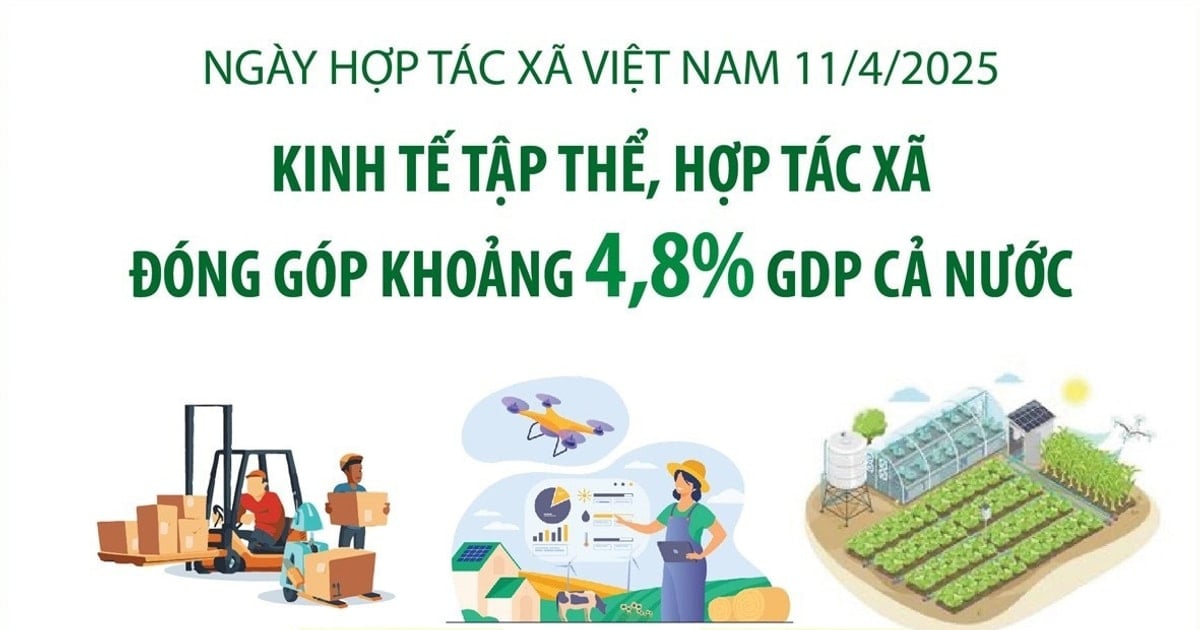


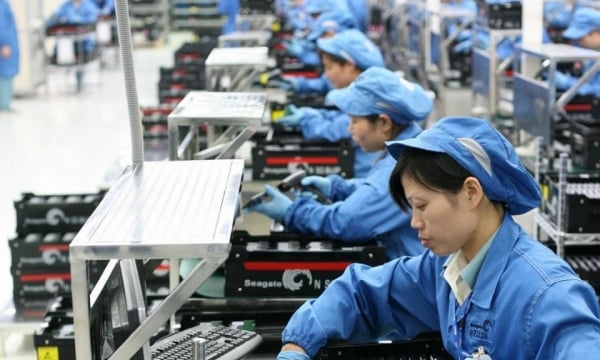


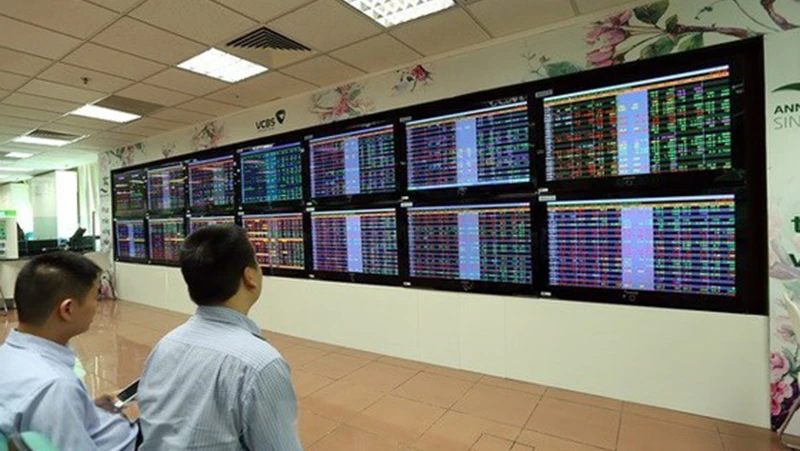


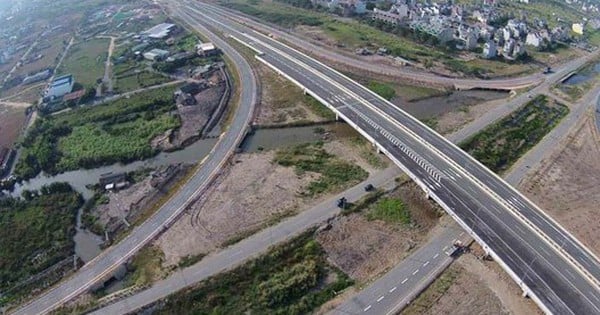




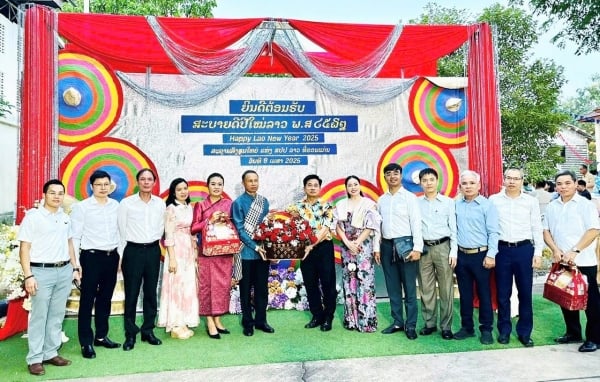






![[Photo] Summary of parade practice in preparation for the April 30th celebration](https://vstatic.vietnam.vn/vietnam/resource/IMAGE/2025/4/11/78cfee0f2cc045b387ff1a4362b5950f)











































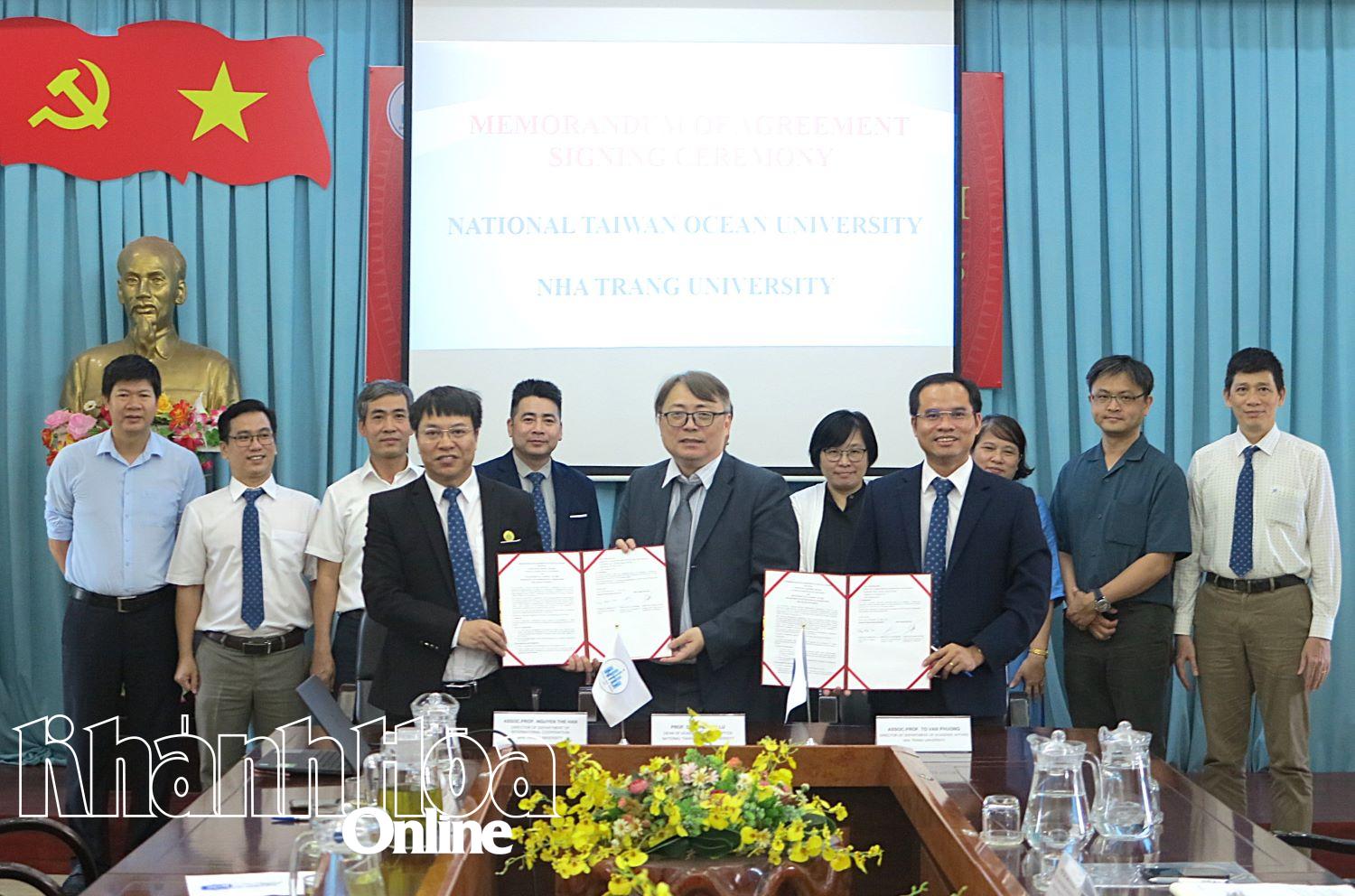





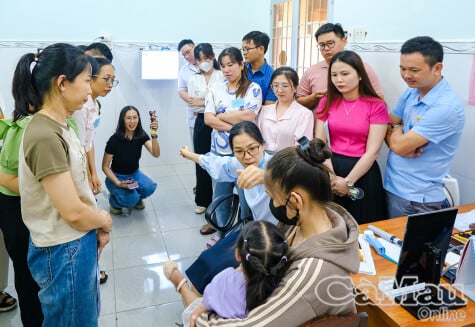











Comment (0)